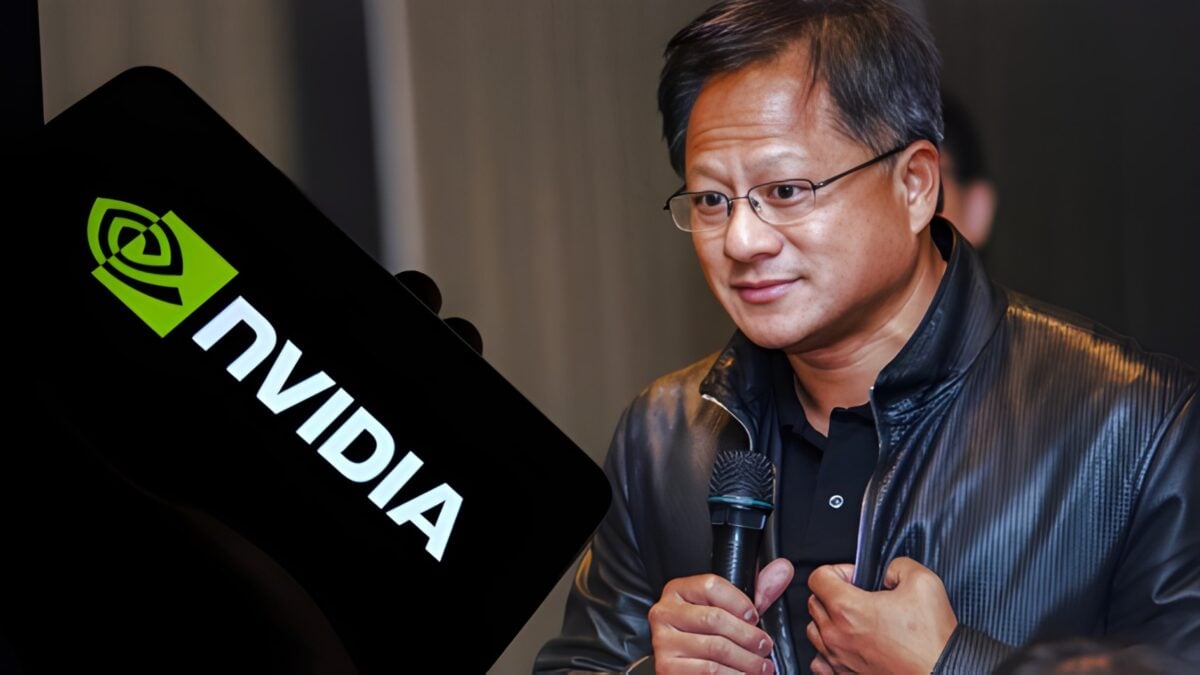TLDRs;
- Jensen Huang says OpenAI’s new deal with Nvidia marks their first direct partnership ever.
- Nvidia plans to invest $100 billion to help OpenAI build massive AI data centers.
- The project will require 10 gigawatts of power, or roughly 4–5 million GPUs.
- Nvidia’s market value now exceeds $4 trillion, driven by the global AI boom.
Nvidia CEO Jensen Huang has shed light on a new chapter in artificial intelligence collaboration. Speaking on CNBC’s “Mad Money” with Jim Cramer Wednesday, Huang confirmed that Nvidia has entered its first-ever direct partnership with OpenAI, the company behind ChatGPT, marking a major shift in how the world’s most valuable chipmaker does business with leading AI developers.
Traditionally, OpenAI has accessed Nvidia’s GPUs through cloud service providers such as Microsoft Azure or Amazon Web Services, who buy Nvidia hardware in bulk and rent out computing capacity. This time, however, the relationship has changed dramatically.
“This is a partnership that, for the first time, OpenAI is going to buy directly from us,” Huang told Cramer. “Usually, cloud service providers purchase and rent from us. Now, it’s going to be a direct collaboration.”
The deal underscores Nvidia’s growing influence across the AI ecosystem, as OpenAI moves toward building its own massive AI infrastructure, powered end-to-end by Nvidia technology.
A $100 Billion Bet on AI’s Future
In September, Nvidia announced it plans to invest up to $100 billion to help OpenAI expand its data center capacity. The scale of this buildout is staggering, the infrastructure will reportedly require 10 gigawatts of power, equivalent to between four and five million Nvidia GPUs.
Such an undertaking demonstrates the sheer energy and hardware demands of next-generation AI systems. Huang emphasized that the collaboration is designed to give OpenAI the capability to operate its own cloud infrastructure, paving the way for greater independence and long-term scalability.
“We’re going to help them build an AI infrastructure that they operate themselves,” Huang explained. “It sets them up for five years out, when they’ll be running their own massive cloud operations.”
Nvidia’s Role in the AI Boom
Nvidia has been at the center of the generative AI revolution since the launch of ChatGPT nearly three years ago. The chatbot’s success triggered an unprecedented surge in demand for Nvidia’s GPUs, which power virtually every major AI model today.
The company’s market capitalization has since soared past $4 trillion, making Nvidia not only the most valuable firm in the world but also the first stock to ever reach that milestone. Investors view its chips as essential building blocks of the AI era , from startups developing LLMs to tech giants racing to optimize cloud workloads.
“AI needs much bigger computers,” Huang said during the interview. “Entire data centers are becoming one big computer.”
Expanding AI Partnerships
While the OpenAI partnership is groundbreaking, Huang made it clear that it adds to Nvidia’s growing network of strategic collaborations across the AI landscape. Nvidia has already worked with Oracle, CoreWeave, AMD, and Intel, helping design advanced infrastructure that powers various AI and data processing tasks.
Huang described the OpenAI agreement as “incremental”, a natural evolution that extends the company’s reach deeper into the AI ecosystem. The move further solidifies Nvidia’s position as the core hardware enabler behind the world’s most ambitious AI projects.
As global demand for compute power accelerates, partnerships like these hint at a future where entire AI data centers operate as tightly integrated supercomputers, all running on Nvidia architecture.






